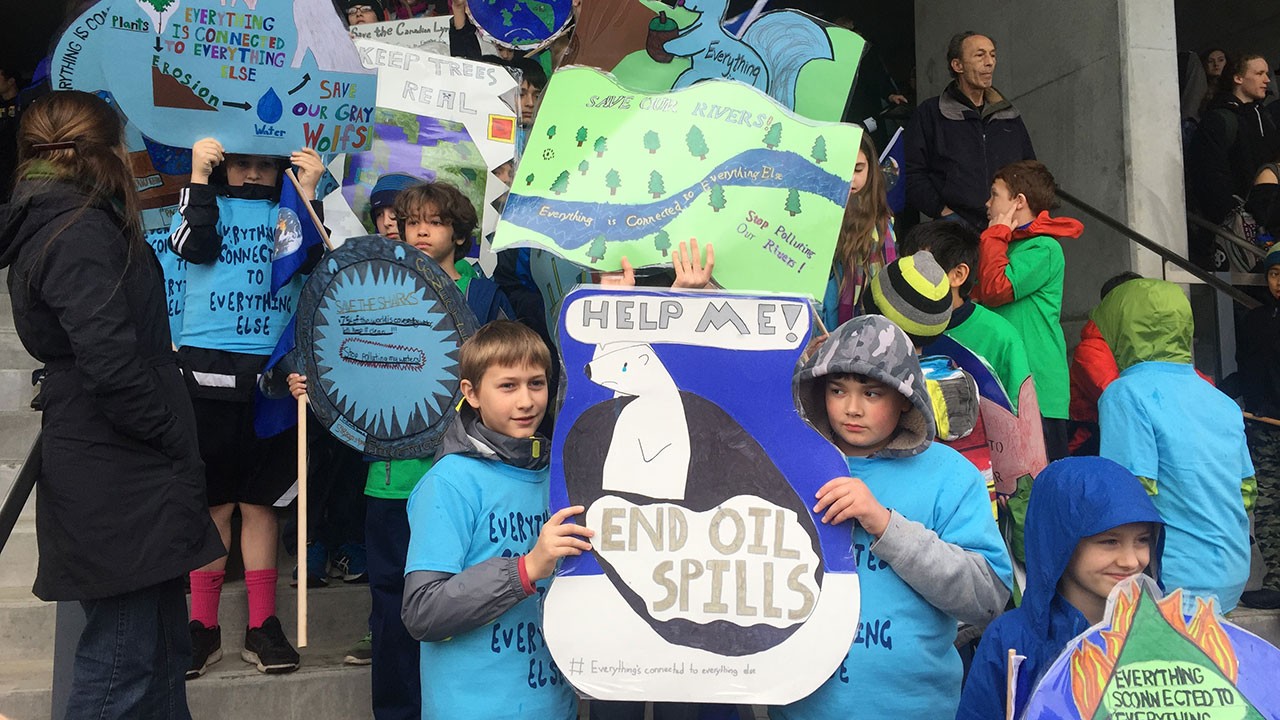This is Part One in a multi-part series on the cities of tomorrow.
What makes a sustainable city? It's a complicated question because sustainability itself is difficult to define. By some metrics, New York is the greenest city in the country. By others, it's the most wasteful in the world. Does it mean lower consumption? Less carbon? More parks? Different cities answer this question in their own way, leading to very different models of what a sustainable city could be.
What makes a sustainable city? It's a complicated question because sustainability itself is difficult to define. By some metrics, New York is the greenest city in the country. By others, it's the most wasteful in the world. Does it mean lower consumption? Less carbon? More parks? Different cities answer this question in their own way, leading to very different models of what a sustainable city could be.
Advertisement
Today, the stakes for answering these questions are high. Over 60% of Americans live in cities, and young people are flocking to them in record concentrations . Globally, by 2050, the UN estimates that 6.5 billion people will live in cities, double the current number. In the US, cities are at the forefront of tackling climate change, making local commitments on banning plastic bags, introducing municipal composting and shifting to solar energy. If the states are the laboratories of democracy, then the cities (if you'll permit the extended metaphor) are the petri dishes. They are where the experiments, messy and evolving, actually take place.In the coming weeks, VICE Impact will be taking a closer look at the experiments unfolding in these cities — their successes, failures and contradictions alike. But to begin to answer that crucial question — what makes a city sustainable — we began with a survey of the biggest ideas and most urgent issues in environmental urban design today.Technology is presented as the savior to any number of environmental problems (see, for example, the suggestion that vanishing bees be replaced with tiny drones) and the allure of civic tech for environmentally-minded cities is just as strong. The vast amount of data and real-time feedback from the Internet of Things (IoT) offers the opportunity to make policy changes and measure the effects of those changes with ease. The internet of things essentially networks objects; this permits them to talk to each other and learn to make smarter, more efficient decisions as they gather more data. This is most commonly associated with our homes, where products like the smart thermostat Nest can, for example, sense when we leave the house and adjust the heating and cooling as necessary.The emerging sector of civic tech applies these technologies in large scale urban spaces. Cities have developed transportation systems to track inefficient traffic flows and GPS-enabled asthma inhalers monitor air quality. Others install sensors to even suggest safer walking routes or detect flooding as it happens to warn residents. But most importantly, most of these initiatives recognize that the most innovative applications of their data may be ones they haven't even anticipated. Keeping that data open to the public is central to the mission of creating smarter cities.
Smart Cities
Advertisement
Check out some more video from VICE:
